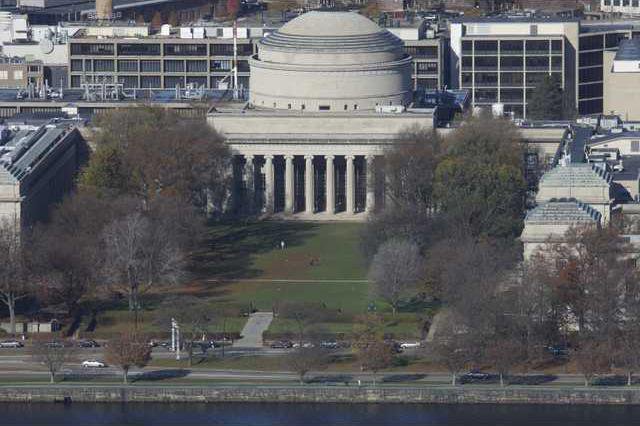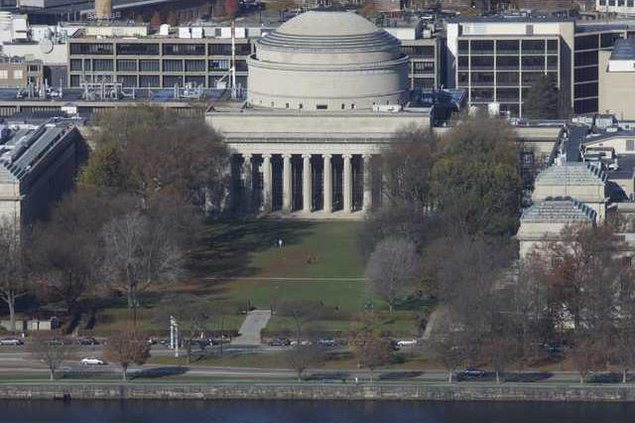After a rash of suicides the Massachusetts Institute of Technology, including four in the past year and two in the last month, the school has announced plans to lighten workloads and offer better social support.
"Students talk about a workload that leaves time for little else," the Boston Globe reports. "MIT estimates that students should spend 12 hours per week on a 12-credit course, including lecture, lab and homework. But students say classes actually require much more time students with four courses can easily toil 70 hours a week," Delano said.
MIT is not the first prestigious university to suffer under this affliction. It was only last spring that the University of Pennsylvania was spinning. During the 2013-14 academic year there were six suicides at Penn.
"The biggest dangers are neurobiological," observed Steve Volk in Philadelphia Magazine during the Penn scare. "The human brain isnt fully developed until we are about 25 years old, particularly in regions associated with impulsivity and emotional regulation. In this context, even a healthy kid is likely to struggle with transitioning from the childhood home to whatever comes next. Now consider that mental illness often first manifests itself between ages 16 and 25."
In 2009-10, Cornell in upstate New York suffered six suicides in six months, as administrators scrambled to adjust policies to prevent them.
"In the last decade," Inside Higher Ed reported in 2010, "Cornell has tweaked its interpretation of the Family Educational Rights and Privacy Act to consider students their parents dependents, making it possible for administrators to notify parents of lagging grades or mental health problems without a students consent. It has trained more people including dormitory custodians to be on the lookout for signs of mental illness, and created a team that meets weekly to discuss students observed by police and administrators to be struggling."
To be fair, one of the recent suicides cannot be directly linked to school pressure. Christina Tournant, the MIT freshman who apparently took her own life earlier this month, had severe medical issues and had taken leave from school. The Tech, MIT's campus newspaper, reports she "had been suffering from postural orthostatic tachycardia syndrome for the past two years. The syndrome caused her severe pain and circulatory issues. Her condition worsened in December, and in February, she took medical leave from MIT."
And MIT Chancellor Cynthia Barnhart noted to the Boston Globe in an interview that MITs undergraduate suicide rate has fallen in recent years: "Between 1994 and 2005, the rate for undergraduates was 18.7, but it fell to 12.6 for that group over the past decade."
"Students talk about a workload that leaves time for little else," the Boston Globe reports. "MIT estimates that students should spend 12 hours per week on a 12-credit course, including lecture, lab and homework. But students say classes actually require much more time students with four courses can easily toil 70 hours a week," Delano said.
MIT is not the first prestigious university to suffer under this affliction. It was only last spring that the University of Pennsylvania was spinning. During the 2013-14 academic year there were six suicides at Penn.
"The biggest dangers are neurobiological," observed Steve Volk in Philadelphia Magazine during the Penn scare. "The human brain isnt fully developed until we are about 25 years old, particularly in regions associated with impulsivity and emotional regulation. In this context, even a healthy kid is likely to struggle with transitioning from the childhood home to whatever comes next. Now consider that mental illness often first manifests itself between ages 16 and 25."
In 2009-10, Cornell in upstate New York suffered six suicides in six months, as administrators scrambled to adjust policies to prevent them.
"In the last decade," Inside Higher Ed reported in 2010, "Cornell has tweaked its interpretation of the Family Educational Rights and Privacy Act to consider students their parents dependents, making it possible for administrators to notify parents of lagging grades or mental health problems without a students consent. It has trained more people including dormitory custodians to be on the lookout for signs of mental illness, and created a team that meets weekly to discuss students observed by police and administrators to be struggling."
To be fair, one of the recent suicides cannot be directly linked to school pressure. Christina Tournant, the MIT freshman who apparently took her own life earlier this month, had severe medical issues and had taken leave from school. The Tech, MIT's campus newspaper, reports she "had been suffering from postural orthostatic tachycardia syndrome for the past two years. The syndrome caused her severe pain and circulatory issues. Her condition worsened in December, and in February, she took medical leave from MIT."
And MIT Chancellor Cynthia Barnhart noted to the Boston Globe in an interview that MITs undergraduate suicide rate has fallen in recent years: "Between 1994 and 2005, the rate for undergraduates was 18.7, but it fell to 12.6 for that group over the past decade."








